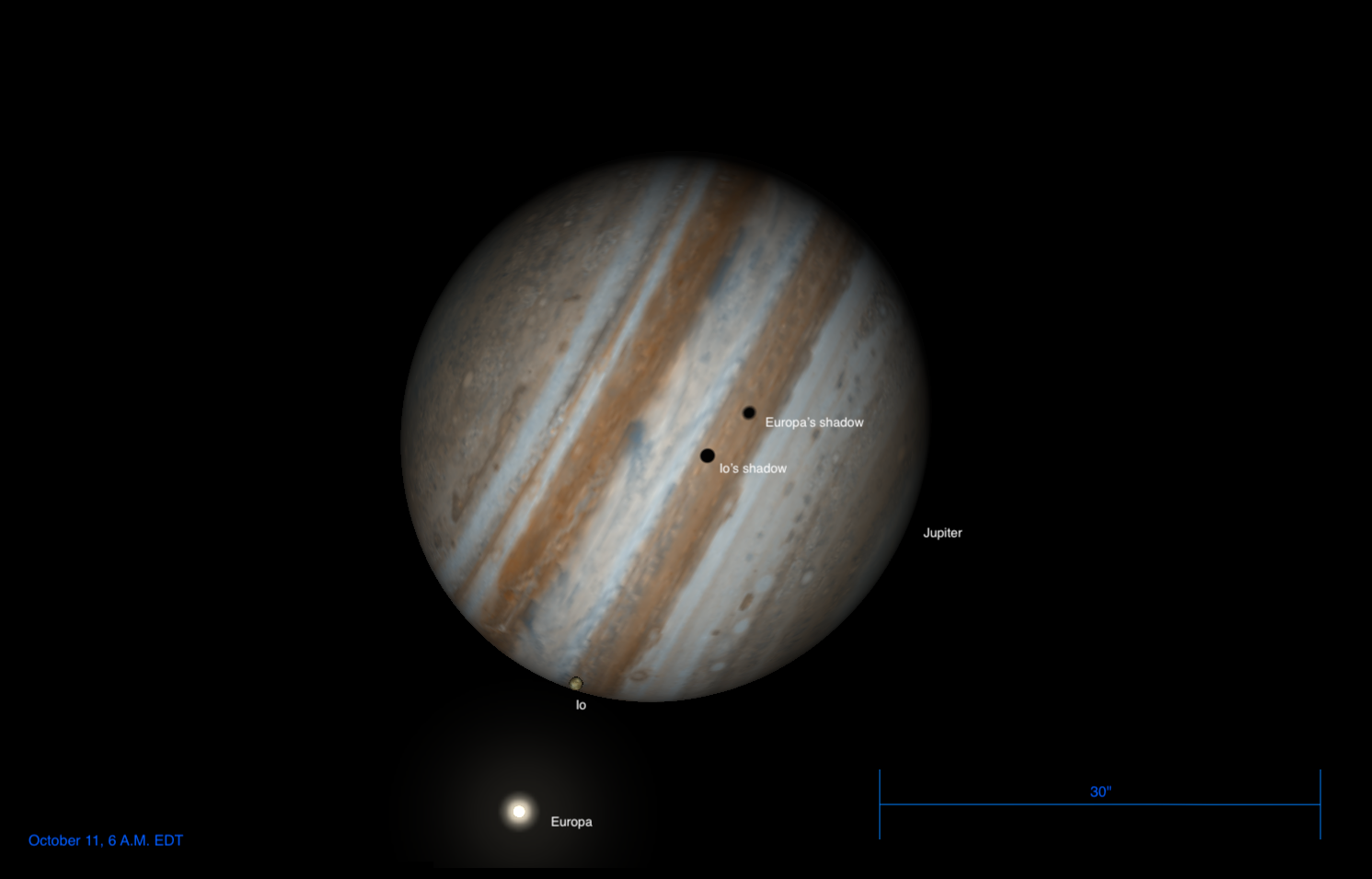Io and Europa repeat last week’s transit across Jupiter early this morning, with their two shadows in the lead.
Io and Europa cross Jupiter again…

Io and Europa repeat last week’s transit across Jupiter early this morning, with their two shadows in the lead.
Io and Europa cross Jupiter again…

Chris Kraus regards the late success of her first book, I Love Dick, with ambivalence. A work of autofiction, first published in 1997, it chronicles Kraus’s infatuation with a cultural theorist named Dick, a doomed, one-sided love affair that…

When I spoke to singer and actor Meesha Shafi in July this year, it had been six years since our first meeting. Then, Meesha had been in Karachi for a taping of Pepsi’s Battle of the Bands, where she performed and was one of the judges, and we…

Sia’s estranged husband is demanding more than $250,000 per month in spousal support.
The 49-year-old singer filed for divorce from her…

Key events
Joseph Gedeon
International journalists in Israel have called for reporters to be…

OSLO: Venezuelan opposition leader Maria Corina Machado won the 2025 Nobel Peace Prize on Friday for…

A new global study led by Australian researchers has uncovered key genetic differences in how females and males experience depression, providing valuable insights for the future of mental health education, research, and treatment. In a…

vivo today announced the official launch of the vivo Y21d, the latest addition to its Y Series lineup. Designed for young consumers and everyday users, the Y21d delivers long-lasting performance, dependable durability, and practical…